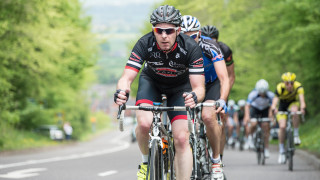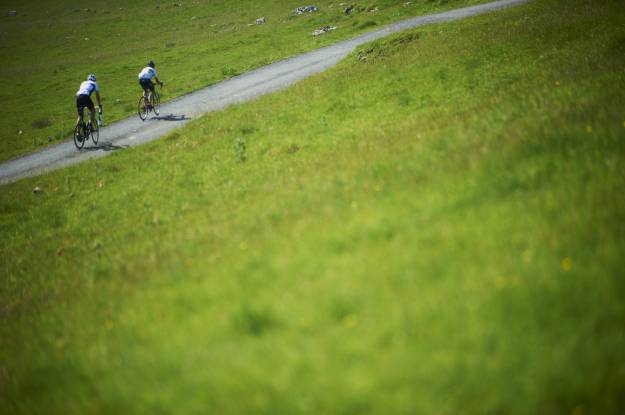Knowledge Level: Intermediate
All the British Cycling training plans use heart rate or power zones to specify the intensity at which you should be riding during the workouts. In this article, we look at heart rate and intensity and why objectively monitoring it is fundamental to cycling success.
Here we focus on using heart rate to monitor intensity, its advantages, its limitations, buying a heart rate monitor and how heart rate training zones apply to real workouts and rides.
Advantages of using heart rate
Heart rate monitors have been commercially available since the early 1980s and are now compact, accurate, reliable and, most importantly for a large number of cyclists, affordable. Heart rate monitors give an accurate gauge to how hard your body is working. The majority of Junior, Academy, and Podium GB Cycling Team riders use heart rate monitors in conjunction with analysis software from as their primary means of tracking performance and their use is a fundamental component in the .
Disadvantages of using heart rate
If you are a little tired from the previous day, your heart rate may be elevated, by contrast if you have completed several days or weeks hard training and you feel very ‘run down’, your heart rate will be lower than normal. Heart rate is affected by a number of external variables. It will be higher in hot weather and lower in cool conditions. Event day nerves can elevate it, as can being chased with your neighbours dog or even having an argument with another road user.
Over the course of a long workout, heart rate does not stay stable for the same perceived intensity and output heart rate will tend to progressively rise due to phenomena known as cardiac drift. Finally, heart rate is very slow to respond to changes in pace, even when cycling very hard it may take several minutes for heart rate to rise to the expected level. This can make certain interval workouts hard to accurately pace using heart rate.
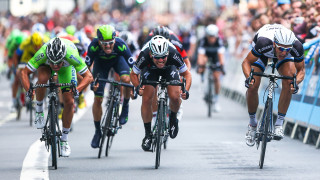
Buying a heart rate monitor
It is now possible to buy heart rate monitors for under £20, however we would advise spending a little more and choosing one of the more established brands. This will probably involve spending between £30-£80 but will significantly improve reliability. Very cheap monitors are prone to poor synching between the chest strap and the receiver and to interference from other monitors and electrical devices.
If you don’t already have a cycling computer to monitor speed, distance and cadence, you might want to consider a unit that combines all these functions rather than having to buy two separate bits of kit. However if you intend to use the monitor for other activities, such as running, you will need to make sure that the receiver can be worn on your wrist as well as bar mounted. Most brands offer inexpensive mounts that allow a wristwatch style receiver to sit on your handlebars.
Unfortunately, especially at the cheaper end of the market, manufacturers tend to add gimmicky features such as automatic zone calculators and fitness tests that are unnecessary.
Budget heart rate monitors can come supplied with bulky and plastic type chest straps which can be uncomfortable and cause chafing. Female riders especially may need to spend a bit more for a monitor that is supplied with a softer predominately fabric strap as it’ll often have to sit underneath the bottom of their bra. Wrist band heart rate straps have also become available.
Make sure that the display is large and clear enough to be read from your handlebars even in poor light or weather conditions. A backlight is good but the button to activate it has to be easily operable with gloves on. Is all the information you need on one screen or does the monitor require you to scroll through using a button? Again, check that you will be able to operate the button while riding.
Being able to manually program in at least one training zone is an essential function that should be present on most basic monitors. You should also be able to set an alarm that will alert you if you go above or drop below your intended zone. Having this function means you don’t have to remember the figures for your zones and don’t have to constantly look at your bars while riding.
Basic session recall of the ride you have just completed is important for assessing how well you met the goals of the session and for completing threshold tests. As well as your ride time, the key statistic is time spent in the targeted training zone. This is far more important than the maximum, minimum and average heart rate recall many monitors offer. Many riders who are new to heart rate training make the mistake of looking at average heart rate for the ride, seeing that it is bang in the middle of their target heart rate for the workout and thinking that they have met their session goal.
However it is perfectly possible to have an average heart rate right in the middle of a zone without having spent any time riding in it. A good analogy is that a man stood with one foot in a bucket of boiling water and the other in a bucket of iced water isn’t, on average, comfortable. This is why it is important to constantly monitor your heart rate while riding to ensure you are at the right intensity and then to be able to double check once you get back home.
Finding your training zones
British Cycling recommends conducting a test for Functional Threshold Heart Rate (FTHR) and then using this figure in a zone calculator to accurately determine your training zones. Using generic formulas or auto zone calculator functions on the monitor will yield inaccurate and impersonal training zones. To get the maximum out of training with a heart rate monitor, it is essential that you use our recommended testing and zone calculation protocols.
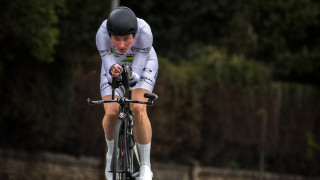
What the zones mean
1: Active recovery
What it feels like: Very easy, just turning the legs over and there should be no sense of burning or fatigue.
Typical sessions: An active recovery session the day following a tough ride or race. Going out for an easy spin has been shown, along with other measures, to improve recovery and ease muscle soreness. This zone will also often be used for the recovery blocks during interval sessions and as part of a progressive warm-up or cool-down.
2: Endurance
What it feels like: Steady ride all day pace that’s the bread and butter of successful sportives and forms the endurance base that supports higher end efforts for racers. It should feel comfortable, you would still be able to maintain a full conversation, but it is purposeful and, especially towards the upper end of this zone, you would have to start concentrating to maintain it.
Typical sessions: The majority of long weekend rides, especially early on during a training plan, and flat sections of sportives will be ridden in this zone. You will also build through this zone as part of a progressive warm-up and sometimes use it for recovery during interval sessions.
3: Tempo
What it feels like: Tempo is also known as intensive endurance and, as such, is a determined and purposeful effort that you can, with concentration, maintain. There’s a definite sense of effort, conversation would be in shorter sentences and fatigue will gradually build up in your legs.
Typical sessions: For experienced riders, tempo will be their default pace for long rides, pushing the lower end of the zone on the flats and through the top of it on climbs. However, for less experienced riders, tempo efforts may initially in a training plan be as short as 3 minutes and they will focus on developing their ability to maintain this intensity.
4: Threshold
What it feels like: If you have conducted the functional threshold test, you will know exactly what this zone feels like. It is tough to maintain as you are hovering near to your limit but is just sustainable. Conversation will be very brief and, especially at the upper end of this zone, a burning sensation in your legs will definitely be noticeable. Theoretically this zone should be sustainable for 60 minutes and although experienced well trained riders should be able to manage this, novices will definitely need to build up to this.
Typical sessions: As well as the functional threshold test, 2X20 mins in this zone is a classic workout. Many riders will use Threshold as their climbing pace during sportives and long training rides, knowing that it represents their riding “red-line”.
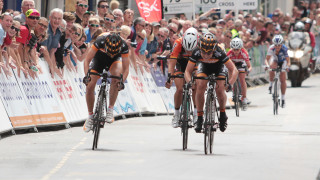
5: VO2 max
What it feels like: Pushing very hard, requiring high levels of effort and focus with little or scope for communication. Breathing feels extremely hard and your legs will start burning very quickly at this intensity.
Typical sessions: VO2 max efforts are typically between 3-8 minutes in duration. This could be the 5X5 minute efforts of a 5 Minute Ramped Interval Session, attacking a short steep climb or bridging a gap to a group up the road.
6: Anaerobic Capacity
What it feels like: A 100% sprint involving maximal effort. A heart rate zone is not prescribed for these efforts as the rise in heart rate will significantly lag behind the effort.
Typical sessions: A final dash for the line or contesting the sprint for a village sign typify this type of effort. 1 minute intervals and 20/40’s are workouts that both require high end sprint work.
A question of intensity
One of the areas of confusion that often accompanies monitoring intensity in training is striking the balance between volume and intensity. This especially applies during the winter months where the established tradition is long steady mileage to establish a winter base.
There is no doubt that a solid endurance base is an essential foundation for success in almost all cycling disciplines. The mindset of long and steady only though has largely come from professional cycling where, with thirty hours plus to devote to their training, pros are able to devote the time to building this base. With this sort of volume, their intensity has to be fairly low or the riders would be risking illness or injury through overtraining.
With work, family and other commitments to juggle your cycling around, logging huge volume training weeks simply isn’t attainable. This fact is recognised by the British Cycling training plans. Longer weekend rides, to build that endurance base, are combined with shorter mid-week workouts, where the intensity is higher to maximise the gains from the time you have available to train.
Look here for further information on monitoring intensity with power.


